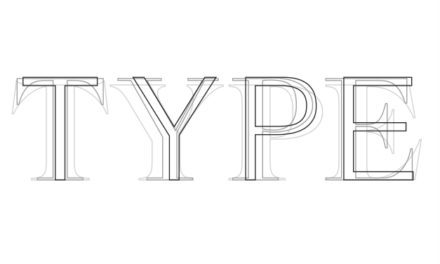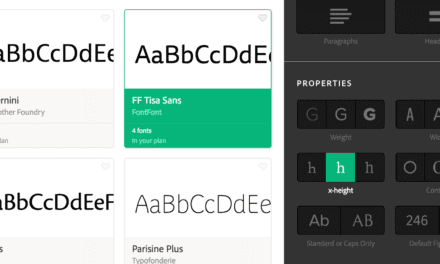ARTICLE SUMMARY: When it comes to design we are encouraged to engage in storytelling. But what does storytelling actually mean, and more importantly what does it mean in the context of design? There are multiple definitions for “storytelling” and can be confusing when it applies to design.
Storytelling in design is essential to form that human connection that resonates emotionally with your target audience on a more personal lever. Stories can be powerful tools for convincing stakeholders of a design’s value. But to do that you need to fully understand what is storytelling in this context.
“What is storytelling in design?” by Jesse Weaver does a deep dive to give you some clarification on storytelling and how to effectively use it to achieve your goal. He helps you to develop a good narrative that has a set structure and key elements that will appeal to stakeholders, design teams and clients. His discussion centers around
- Emotion in the things we create
- Setting Context
- How You Show Up
Designers are expected to be storytellers because storytelling is a powerful tool for communication, persuasion, and creating meaningful user experiences.
Design often involves abstract or complex concepts that need to be understood by diverse stakeholders, from clients to developers to end users. Designers are able to present their vision in a way that resonates with all. They know how to explain the “why” in their design in a clear and concise manner.
By putting stakeholders in the shoes of the user the stakeholders can feel what the user experiences, they’re more likely to align with the design direction.
Stories are inherently memorable. When designers embed storytelling into their work it leaves a lasting impression on users helping to make brands and products emotionally resonant. Brands like Apple and Airbnb use storytelling to create deep emotional connections with their audiences with great success.
Jesse concludes his article by telling us that “In design, story is all about emotion. Our goal is not to build characters and plot, it is to convey and elicit feelings. This can fold into your design practice through clarity, understanding, and intention.”
This is a great article with a lot of good information, let us know what you think in the comments.




